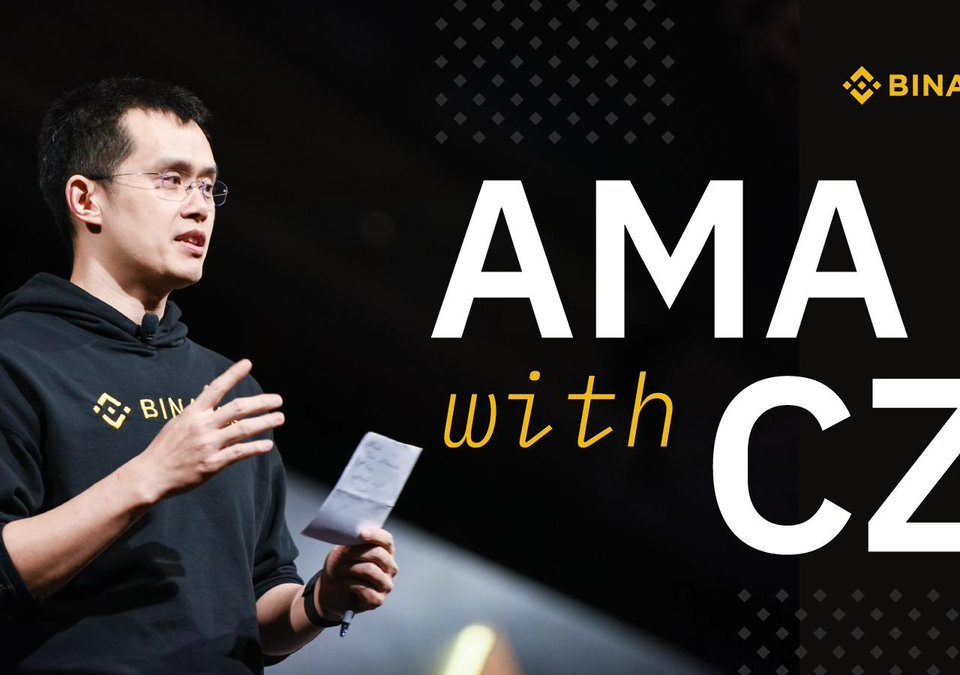Our guide to exchange-based tokens

The top 5 coins to invest in this year
April 14, 2019
How to prepare for an Initial Exchange Offering
April 17, 2019Our guide to exchange-based tokens
Exchange-based tokens have been one of the bright spots in the crypto bear market this year, posting notable gains despite the broader stagnation.
Exchanges began setting-up their own coins to provide liquidity for altcoins– the theory being that it would make it easier for less-established coins to find a market.
If a new cryptocurrency can’t be traded for any other coin, investors may be less inclined to invest – even with taking innovation and promising use cases into account. But if the exchange provides its own trade-able token and guarantees new listings that their tokens can be traded for it, a key risk for investors is mitigated.
With the advantage of guaranteed liquidity, plus the backing of large and well-funded entities, exchange-based coins have emerged as worthy investments in their own right — despite their original intent.
This is somewhat surprising as exchange coins tend to be used strictly within their own exchange ecosystem. It’s unlikely that they’ll ever be used to pay for goods and services, and being tied to a particular exchange means that success and valuation rises or falls in sync with that exchange’s volumes.
But that may all be beside the point if exchange tokens are being used as a safe and steady investment option while investors wait for the next bull market. If an exchange coin’s value grows in line with the growth rate of the exchange itself, in crypto terms it’s a steady long-term investment.
One to watch, but for now let’s take a closer look at the top three cryptocurrency exchange tokens, along with price action, major innovations, and overall utility.
BINANCE
Headquartered in Malta, Binance is currently the world’s biggest cryptocurrency exchange by trading volume, with circa. $4 billion USD traded each day. That accounts for 25 per cent of all Bitcoin (BTC) trading.
Impressive numbers for an exchange that launched in 2016 on a small ICO that raised just $15 million for its own BNB token a year later (ca. $100 million raised was closer to the norm for ICOs at that time).
Through strategic moves like a 50 percent discount on trading fees when paying in BNB token, and its practice of ‘burning’ a certain percentage of coins every quarter in order to increase the value of those remaining, Binance rapidly assumed the top spot and held it.
BNB is also the only coin you can use to participate in Binance Launchpad IEO fundraising events creating substantial demand for the token. Binance Launchpad has seen some successful token sales in 2019 including Fetch.AI, Celer Network and BitTorrent, cumulatively impacting demand for BNB.
Current price: BNB = $19.17
HUOBI
Founded back in 2013, Huobi is currently the number three exchange in terms of daily trading volume at $463 million USD (via Coinmarketcap). It also has the backing of traditional finance with investments over the years from leading Silicon Valley VCs like Sequoia Capital.
Huobi has its own successful exchange-based token called Huobi Token or HT with a number of novel use cases.
The first was of course to reduce trading fees and raise liquidity on the platform. People applying to be certified Huobi traders can use HT as a security deposit. HT can also can be used as a voting mechanism when new coins are being considered for the exchange.
Like Binance, Huobi has a program in place where they buy back a percentage of circulating HT every quarter to boost the value of individual holdings. Unlike Binance, which burns the bought-back coins forever, Huobi holds theirs in an emergency fund in the event of a hack or catastrophic failure. This rainy day fund may function as a salve for risk-adverse token investors.
Taking advantage of the demand for Initial Exchange Offerings (IEOs), Huobi has launched its own launchpad called Huobi Prime, which has an eligibility criterion requiring investors to hold a daily average of 500 HT for at least 30 days in advance of a fundraising event.
Current price: HT = $2.30
KUCOIN
One of the smaller exchanges by trading volume (circa. $15 million per day according to Coinmarketcap), KuCoin made a name for itself in 2018 by listing lesser-known and smaller-cap cryptocurrencies shunned by the major exchanges.
Since then it has launched its own token called KuCoin Shares or KCS. As the name implies you do get a stake in the company. No voting rights, but KCS holders do benefit from a ‘dividend’ equal to 50 percent of KuCoin’s daily trading fees. The more KuCoins you hold, the more passive income you get.
The passive income is paid daily – and not all of it in KuCoin. KCS holders actually receive their dividends as a mix of all the currencies on KuCoin’s exchange (over 200), in a strategic move designed to guarantee a degree of structural liquidity to lesser-known tokens.
KuCoin is also moving into the IEO market with the launch of KuCoin Spotlight, a blockchain project launching platform similar to those run by Huobi and Binance.
Current price: KCS = $1.13









